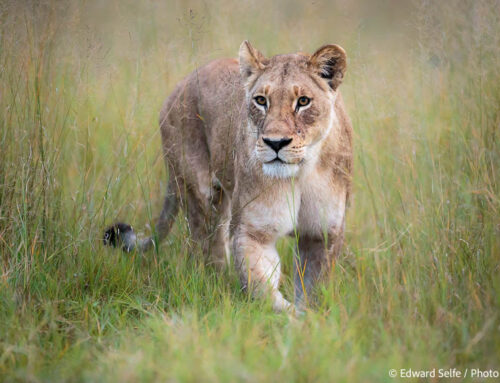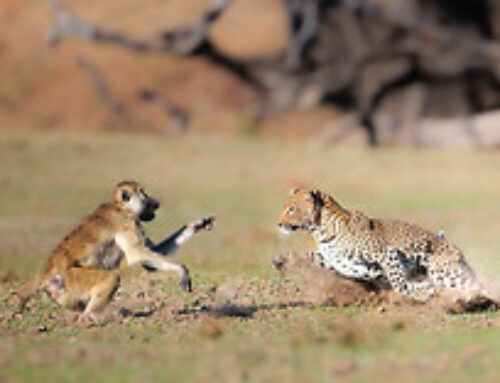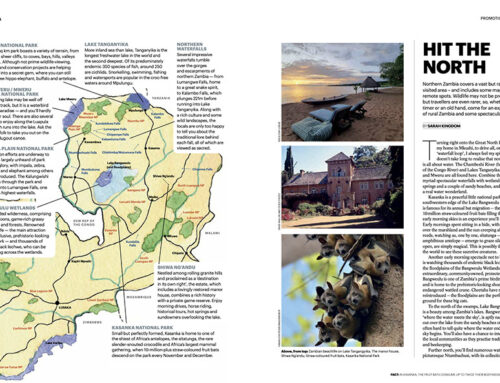During these strange and unpredictable times, many of us are taking the chance of an enforced break to begin some of those tasks that are forever put off into the future. Some of them are recreational – such as taking up an instrument, learning a foreign language or trying a new sports activity – and some are work-related. I have several projects that I have wanted to do for some time and (amid the sadness of losing much of my 2020 safari season) I am enjoying the challenge!
You may notice some of the projects appearing as improvements on my website and you might notice some of them on my social media. Others are to do with challenging myself with new photographic techniques and learning about different camera systems, both of which will be apparent to those who come on safari with me. But some are not work related, and are about exploring my beautiful surroundings and familiarising myself with some of the lesser visited parts of the Luangwa Valley.
But for now, I wanted to share a round up of the varied destinations where I currently lead photo safaris. This is a blog entry that I have been wanting to write for some time, but safaris, looking after guests and corresponding with future guests has always held priority.
I am very fortunate to live year-round in the South Luangwa, in Eastern Zambia. Unlike many photo guides who live away from the areas where they visit, I live in the bush year-round which keeps my finger firmly on the pulse of the happenings around me. As well as the South Luangwa which is one of the world’s finest “truly wild” wildlife areas, Zambia has a rich array of habitats and reserves which keep even seasoned visitors coming back repeatedly. Furthermore, Zambia’s neighbours (and particularly Botswana, Zimbabwe, Namibia & Malawi) offer yet more variety.
Coming up is an introductory taster of each of the destinations where I currently lead safaris, including the highlights, what you can hope to see, the area’s specialities and what time of year to go. I’ll also include some information on the camps that I work with. I’ve decided not to include any photos as the explanations are sufficient. Nah, just kidding, there will be lots of photos too. I hope you enjoy it!
South Luangwa National Park
It makes sense to start with my home, the famous South Luangwa. Known as the Valley of the leopard, this is certainly one of the best areas in the world for mind-blowing encounters with these cats. At any time of year, but particularly during the cool, dry months of May to August, it is common to see them active in daylight hours, hunting, patrolling, resting or interacting with youngsters.
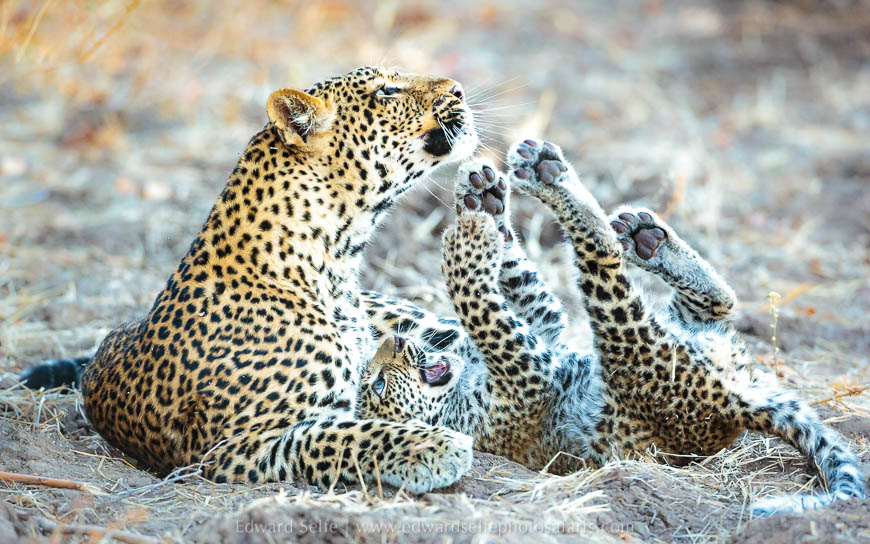
But there is more to the Luangwa than leopards. It is a rich, beautiful valley floor that varies dramatically through the year and across its major habitat types. Visitors who know it from the desperate dry of October barely recognise the park when they return for an emerald season safari in April!
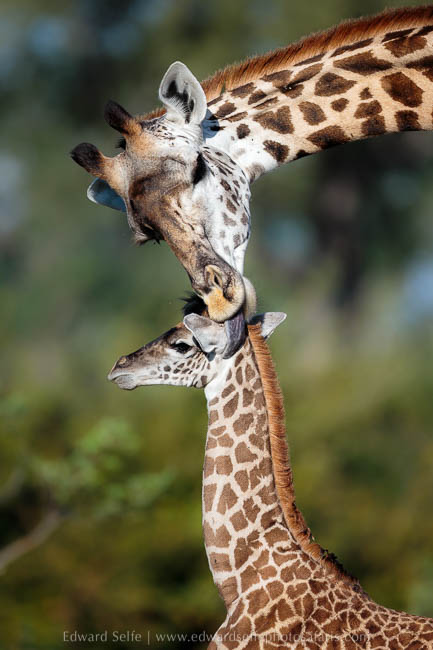
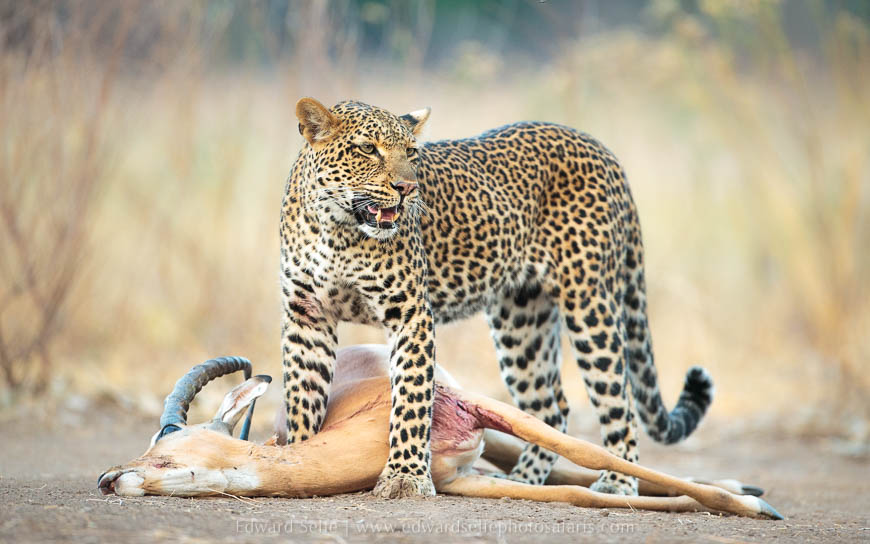
Luangwa offers a variety of habitat that few parks can match; within a morning drive, we can cover rich forest, open plains and the winding river of course. This brings a range of species and opportunities to photograph animals in a variety of habitats. It also means that when the light has become harsh in the high-contrast bushy areas, it’s possible to head to the plains and photograph with the sun behind the camera quite late into the morning.
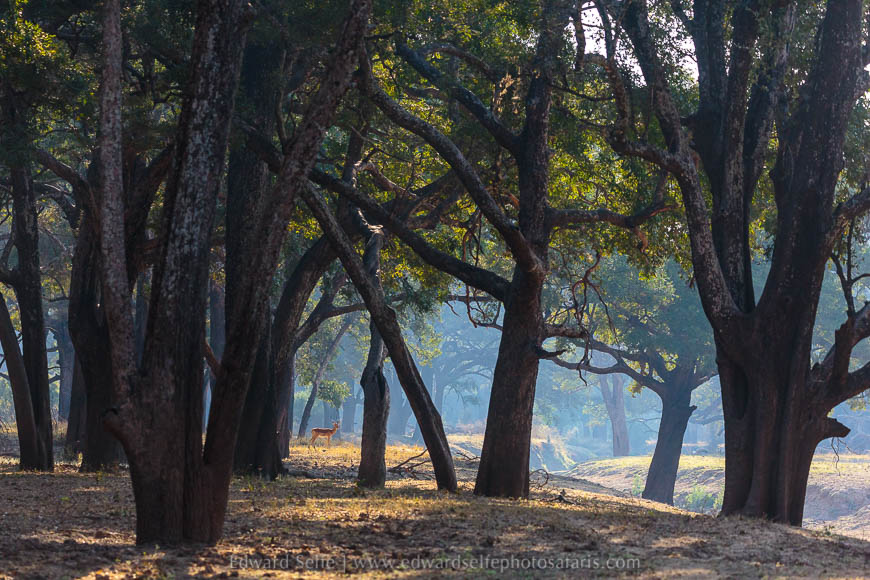
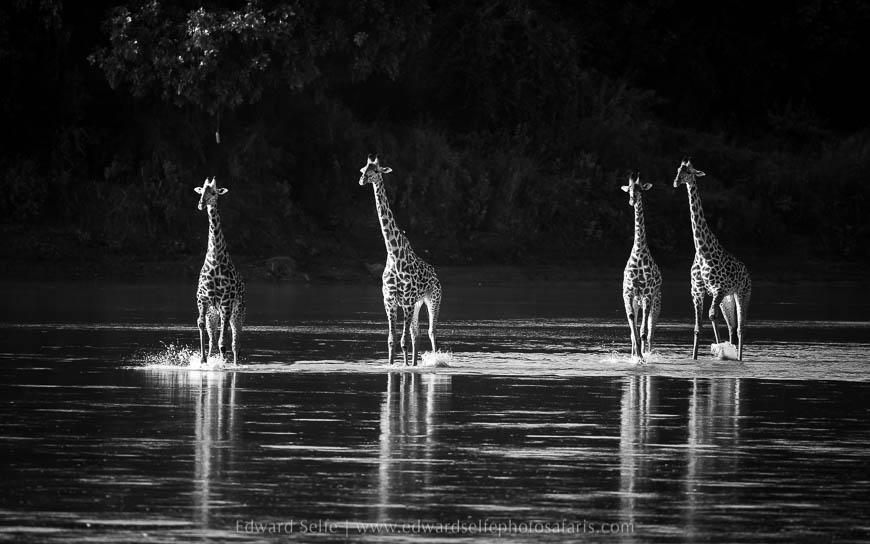
The best time to visit the Luangwa Valley is between March and November. These are the drier months, though March will often give some rain and November may bring the start of the new rainy season. These months all have something special to offer, starting off with stunning greenery and lush vegetation in the earlier part of the period and ending with hot, dry dusty conditions towards the end. At all times, the game sightings are good, but the peak of photographic sightings will be in the middle of the period when dry conditions concentrate game near water but cool mornings make for great behaviour. The following 3 images are from the March – May period when conditions are still green and the light strong and crisp:
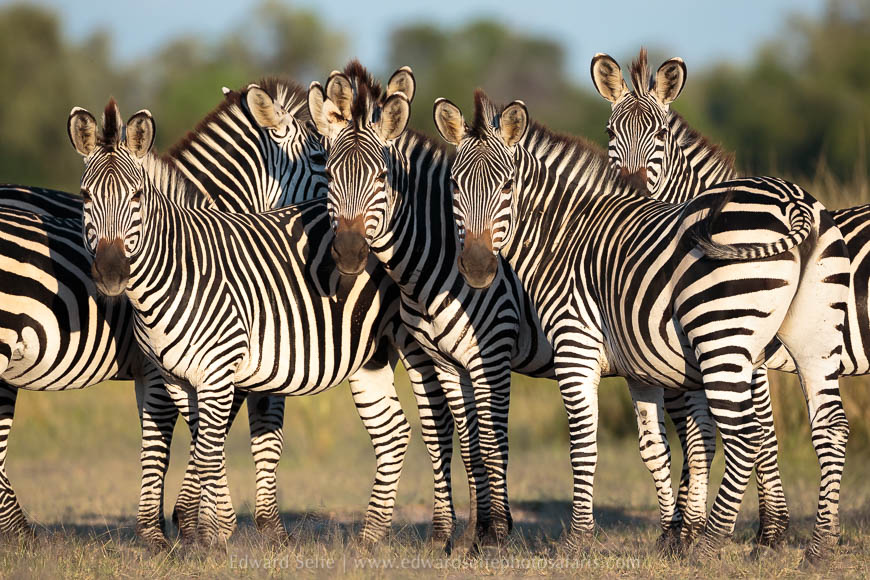


And three images from later in the year when the seasonal drought has started to bite:
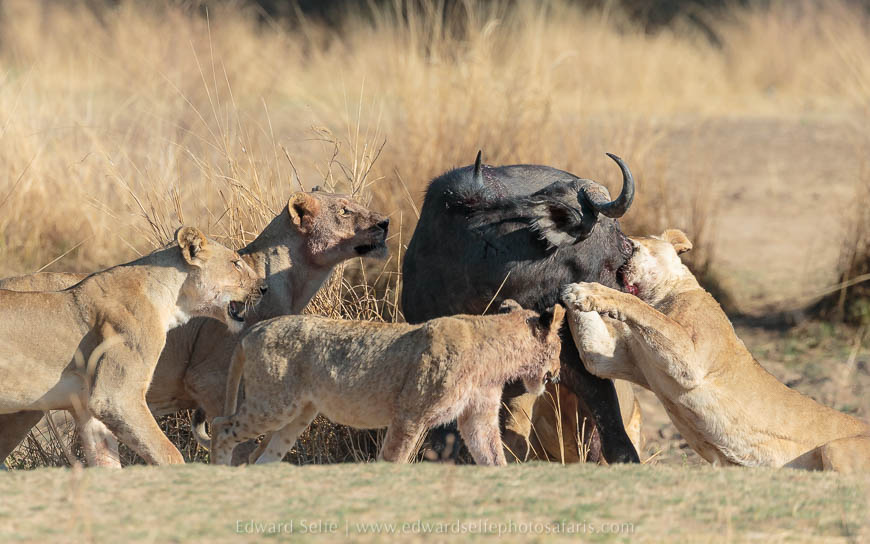
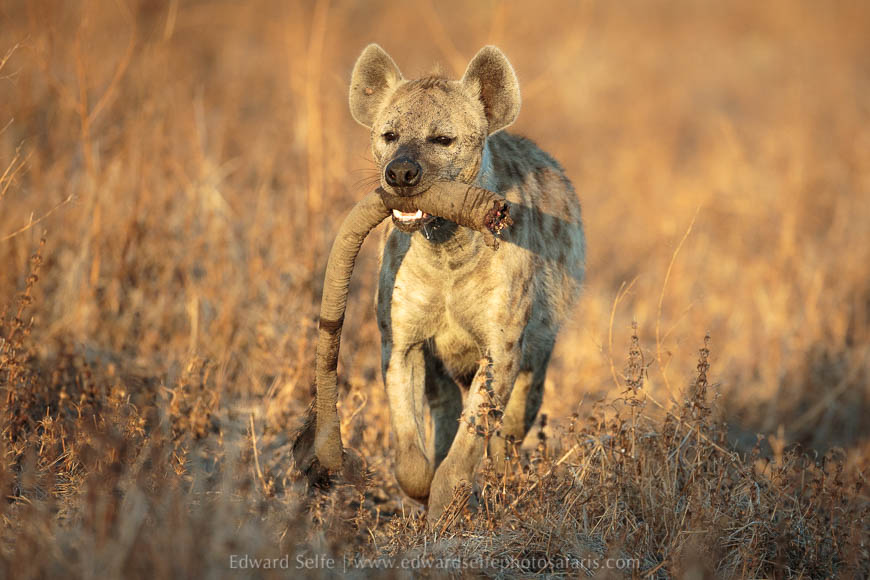
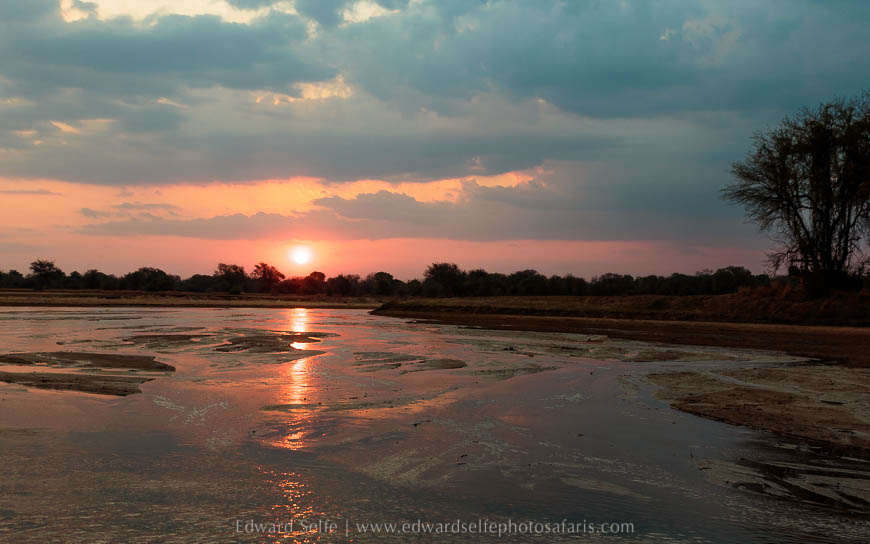
There are very many wonderful camps in the Luangwa area, but I recommend those that I feature on my website Safaris Page very highly; they include Lion Camp, Robin Pope Safaris’ Nsefu and Luangwa River camps, the Bushcamp Company’s Bilimungwe, Chamilandu and Chindeni camps, Shenton Safaris’ Kaingo and Mwamba camps. These camps are all deep in the National Park and offer a great quality experience where photographers can be assured of incredible sightings, but also to have these sightings largely to themselves…a key ingredient in creating great images.
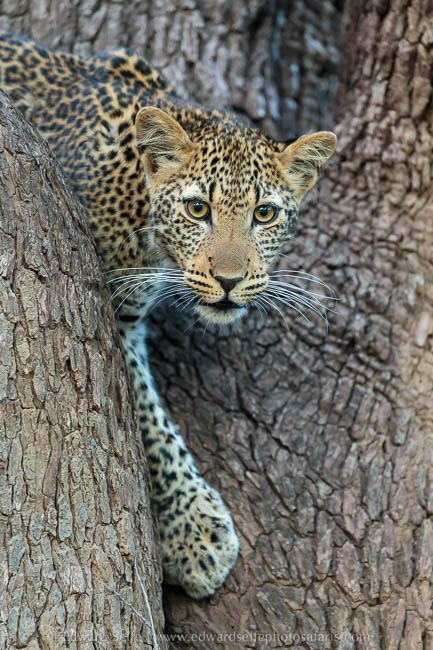
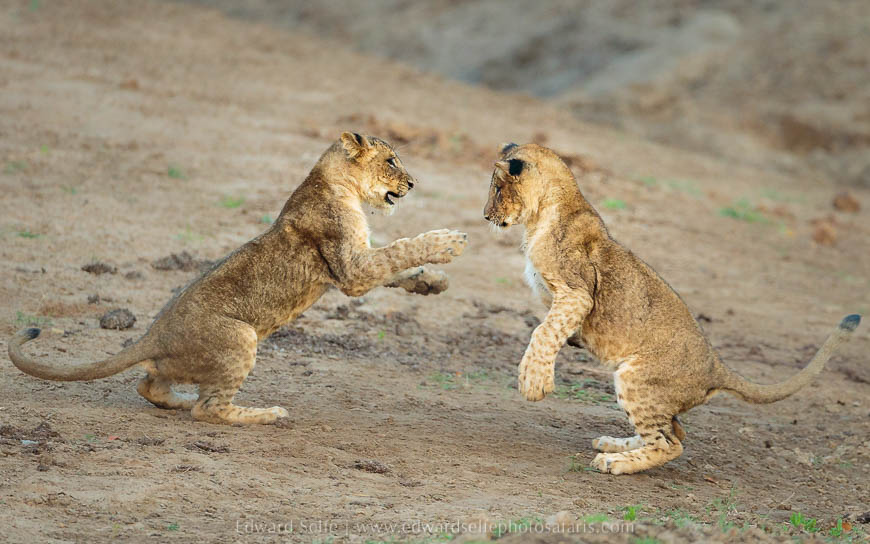
Next up, in a few days, the Kafue National Park.

